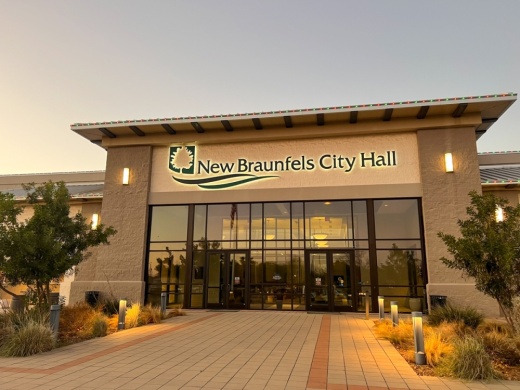This was part of a monthslong effort to provide clarity to conflicting ordinances that have confused developers and residents alike since a noise ordinance was added to the city code in 2015.
How we got here
New Braunfels has many music venues, including some that are outdoors, and the addition of new outdoor venues and regulating their proximity to residential areas has been tried through different means, said Christopher Looney, planning and development services director for the city, to Community Impact.
“We have these two little sections of code that are in the zoning ordinance—even though they're not really zoning related—that are related to whether or not someone can have outdoor music if they are next to residential uses,” Looney said.
Due to different outdoor music venues cropping up, this was added to the code in 2012.
“A few years later, the city adopted a completely separate noise ordinance, which is intended to address noise beyond music, as well,” he said.
Looney said it came up in conversation recently because the overlap in rules has caused confusion both for developers and residents.
“If the city starts having rules about the same thing in different parts of a city's code of ordinances—randomly here or there—then it becomes kind of unwieldy.”
But there are areas the noise ordinance does not cover. In October, the zoning ordinance clause that includes proximity restrictions to residential areas was used to prevent Austin-based Armadillo Den from receiving a special-use permit to build an outdoor music venue near FM 306 and Common Street. Looney said as the noise ordinance is written now, the venue could have proceeded with its development.
The takeaway
Council was presented with a few different ways of addressing the issue, such as:
- Deleting the two sections on noise in the zoning ordinance in favor of only using the noise ordinance
- Defining the terms adjacent and abutting in the zoning ordinance to provide clarity
- Adding hours of operation requirements to the noise ordinance
- Adding sound mitigation requirements to the noise ordinance
“Whether we take action, people are going to be affected. If we don’t take action, people are going to be affected. So no matter what we do, we're looking after the city as a whole, not just one or two people, but who's going to be impacted the most,” Mayor Neal Linnartz said. “We've been discussing this since August, and we've had open forums both here and in the planning commission for this to come up, so I'd hate to pump this down the road again, and I'm not interested in putting together the committee to re-evaluate the noise ordinance all over again.”
In the end, a majority of council could not agree to either amending the zoning ordinance language or dropping noise regulations from zoning.





